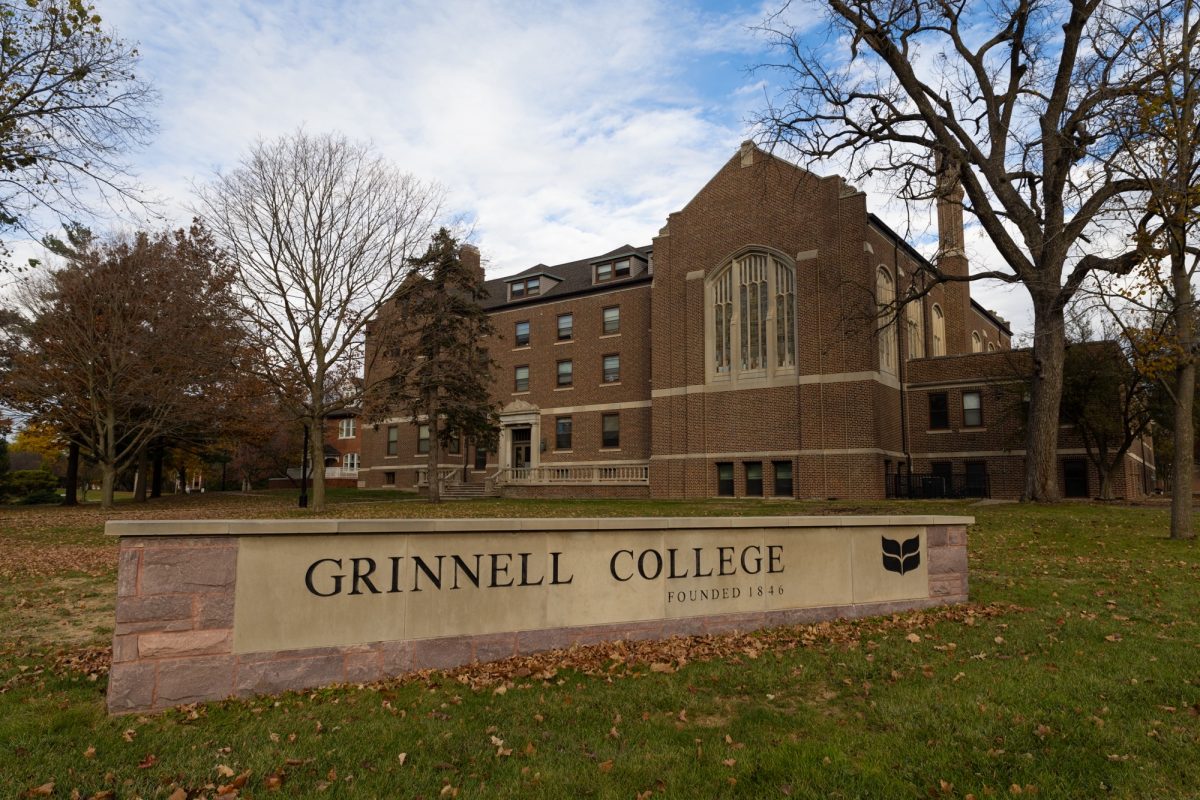The tragedy that has befallen my country is not the earthquake itself. Nepal sits right on top of a major fault zone where the Indian and Eurasian continental plates meet. This force that created the scenic beauty of the Himalayas also happens to be culpable for a plethora of major earthquakes in Nepalese history. Indeed, ever since 1255, earthquakes bigger than or around 8.0 on the Richter scale have struck Nepal like clockwork every 80 years or so. History has told us that it has often been a matter of inevitability that the earth shifts under us, at the behest of a geological clock. History also dictated that Nepal would be a poor country, built on centuries of political exclusion, before we slowly attempted to restructure state and society.
The tragedy of the earthquake is that our poverty has prevented us from preparing for something we all knew would happen: politicians have, for the most part, focused on creating a more inclusive political structure; the average Nepali has focused on survival and making it from one day to the next. And it is the rural poor that have been hurt the hardest with the earthquake.
While there is no question I’m still left in emotional tatters when I hear the frightened voice of my normally composed grandfather telling me he’s fine even though he’s sleeping in the cold outdoors, and while I’m still distraught when my father tells me groggily from getting three hours of sleep that the hospital he works at is overwhelmed, it is the pain of the average Nepali that affects me the most.
It is when I watch a video of a porter coming back to his village and finding his home a pile of rubble, his wife and daughter buried underneath, crying with his face in his hands that I am brought to tears, as I come to terms with the pain of human loss compounded by poverty.
It is incredibly difficult to fully comprehend what an earthquake of this scale has done to an already poor and desperate Nepal. In fact, we’re having trouble even reaching and assessing the more rural parts of the country, especially those closer to the epicenter, in Sindhupalchok, Dhading and Gorkha. Whatever information we have gleaned from these areas paints an unbelievably bleak picture, wherein entire villages have crumbled to the ground, and help to these areas has been anything but immediate. While it’s imperative to recognize that suffering extends beyond Kathmandu, in Kathmandu itself, hospitals are overrun, food and electricity is lacking and shelter is hard to find.
It’s hard to say the situation is not desperate. Initial estimates by the U.S. Geological Survey suggest that the earthquake has caused infrastructure damage that will put Nepal’s stuttering economy back by a decade; the loss of cultural monuments in a country so strongly connected with religion and spirituality is something incalculable in its effects. The misery and suffering for poor Nepalis—the current death toll of 4,000 is anything but close to actual figures—is something we will never be able to put a number to, and will haunt us for the decades to come.
In a place where a dollar goes a very long way, a dollar today in highly desperate times will go another mile. A number of international organizations are already on the ground, working hard in chaotic conditions to help those in need. Asking for your assistance, we note that your contribution will not only provide food for the hungry, or shelter for those without homes; it will also provide hope to a nation that needs plenty of hope to make it past this horrific ordeal.
Nirabh Koirala ’17
Amul Gyawali ’15
Prakriti Shrestha ’16
Aditi Lohia ’16
Prabir Pradhan ’18
Nripesh Pradhan ’18
Anushka Joshi ’18



















































